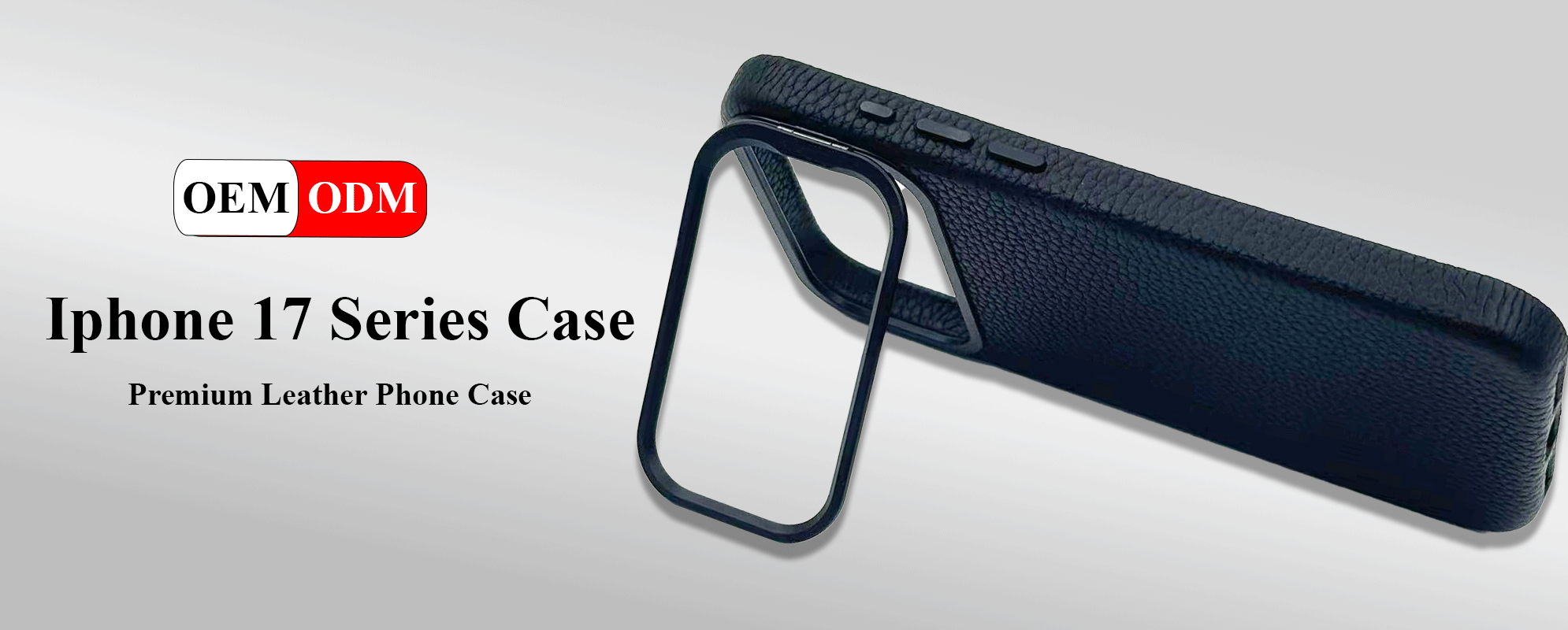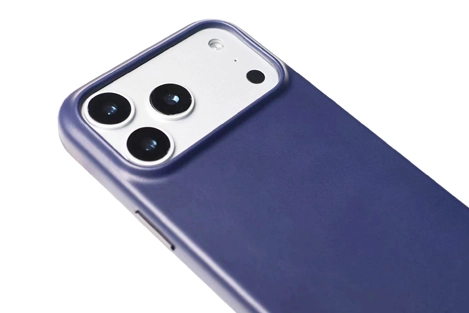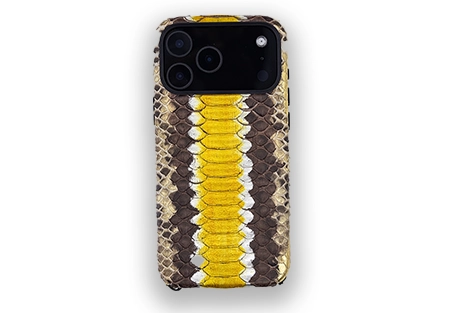At Pellove, we believe every customer deserves to understand the leather behind their products. Whether you’re buying a luxury leather phone case, a watch strap, or a handbag, knowing the difference between real leather, bonded leather, and faux leather helps you choose wisely. Here’s our professional breakdown.
Three Main Types of Leather
1. Real Leather
Also called 100% leather, genuine leather, or true leather, real leather is made from natural cowhide without synthetic fillers. It is durable, breathable, and develops a unique patina over time.
2. Bonded Leather
Bonded leather is made from leftover scraps of hide combined with synthetic materials, chemicals, and adhesives. While affordable, it lacks durability and can peel, crack, or fade over time.
3. Faux Leather
Faux leather is entirely synthetic, usually plastic treated with wax, dyes, or polyurethane to mimic leather’s appearance. It’s lightweight and cheap but lacks the natural feel, scent, and longevity of real leather.
Grades of Real Leather
Not all real leather is the same. There are three main grades:
Full-Grain Leather – The Best Quality
Full-grain leather uses the entire cowhide in its natural state. It shows authentic grain, natural marks, and depth of color. It’s the most durable and luxurious grade, and the material we proudly use in Pellove leather products.
Top-Grain Leather – Refined Yet Durable
Top-grain leather is slightly sanded to remove imperfections. This process makes it thinner and more uniform but reduces some of the natural character. It’s still a high-quality option at a more affordable price point.
Genuine Leather – The Misleading Label
Despite its name, “genuine leather” is the lowest grade. It can be made from various animal hides or even scraps bonded together with chemicals. While better than faux or bonded leather, it doesn’t compare to full-grain or top-grain quality.
How to Spot Real Leather vs. Faux Leather
Not sure if a product is genuine? Here are five ways to check:
-
Check the Label – Real leather will be labeled as such; anything marked synthetic or man-made is faux.
-
Touch It – Real leather feels soft and grainy, while faux leather feels smooth and plastic-like.
-
Smell It – Genuine leather has a distinct earthy scent that synthetic materials cannot replicate.
-
Look Closely – Real leather has irregular grain patterns and natural imperfections; faux leather is too uniform.
-
Check the Edges – Real leather edges appear rough or fibrous; faux leather looks perfectly smooth and cut.
Benefits of Real Leather
-
Durability – Real leather resists cracking, peeling, and tearing far better than bonded or faux leather.
-
Texture & Comfort – Soft, breathable, and satisfying to the touch.
-
Sustainability – While not vegan, natural leather is more eco-friendly than plastic-based faux leather or chemically bonded leather.
-
Aging Gracefully – Real leather develops a one-of-a-kind patina over time, making every product uniquely yours.
Pellove’s Leather Commitment
At Pellove, we never compromise on quality. Our products are crafted from premium calfskin leather with luxurious finishes, microfiber lining, and refined detailing. From leather phone cases to watch straps and bags, every item is designed to age beautifully with use.
We believe in authentic materials, timeless design, and long-lasting durability—so you can enjoy leather that only gets better with time.



